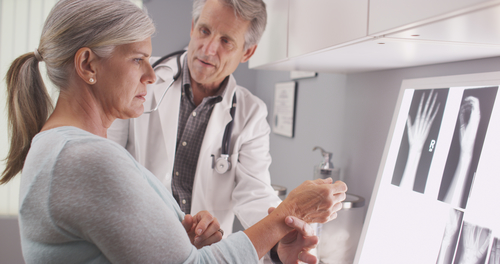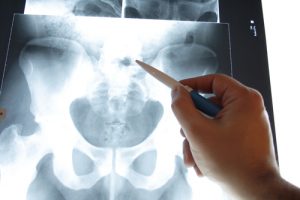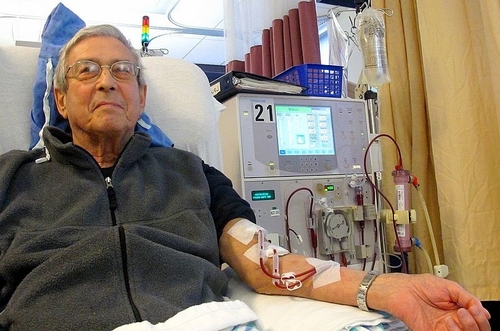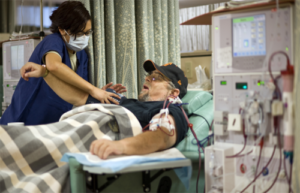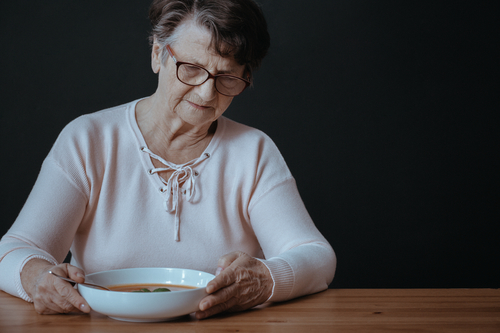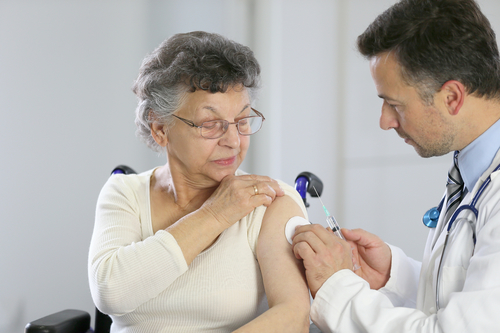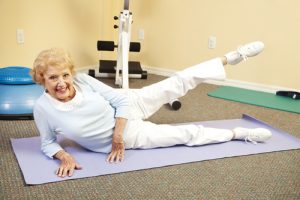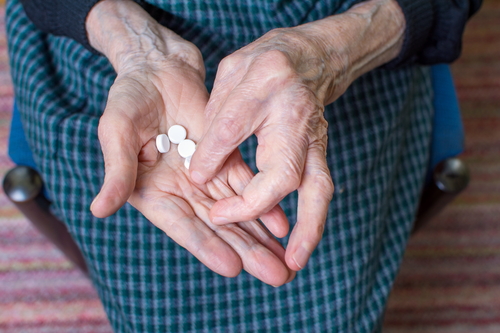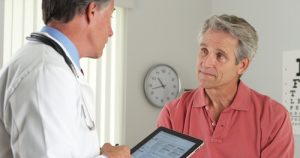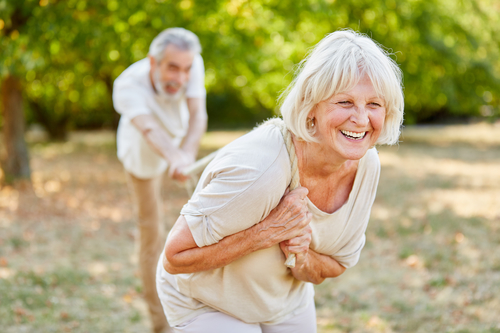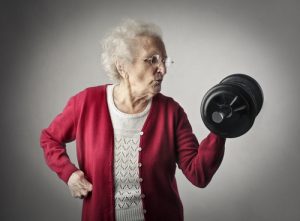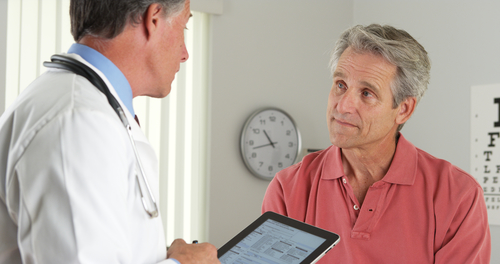
It’s no secret that staying heathy in America is expensive. It effects everyone, but especially seniors. With a limited budget, getting sick could mean financial ruin. Here are 5 ways to lower health costs in America.
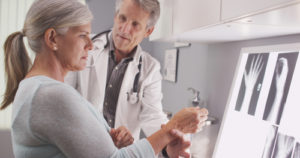
5 Ways to Lower Health Care Costs in America
Experts are working together to figure out how to lower health care costs. Health care spending will grow an average of 5.5% every year through 2026.
At the West Health summit, experts came together to come up with a few different plans to challenge rising health care costs.
1. Give Patients and Health Care Consumers More Info
Different panelists talked about differences in price for the same medical treatment within the same city. Some places can be more expensive than others.
Patients don’t know about the different prices because they aren’t given information.
This doesn’t happen in other countries. Countries like France and Australia, there aren’t any price walls.
In America, we need to stop being afraid of talking about costs.
2. Give Patients and Health Care Patients More Power
Many people feel powerless when it comes to the system. You need to show the system you have power with who you give your money to. Look for high value plans and providers and others will follow.
3. Lower the Number of Medical Tests for Patients
There is a study showing that more than 1 million Medicare patients are getting 1 of 26 tests or treatments that were seen as having no benefits. Some could even cause harm.
42% of patients got unnecessary tests in a year.
4. Increase Competition Among Providers
Since practices have been merging, consumers have a limited amount of options. Because of this, prices increase up to 25%.
Plus, the 4 largest health insurers have 76% of the fully-funded market nationally. The largest 2 insurers have more than 70% of the market in half of the nation’s metro areas.
5. Let Medicare Negotiate Prescription Drug Costs for People
People want Medicare to negotiate prescription drugs costs for Americans 65 and older.
Read more here.


